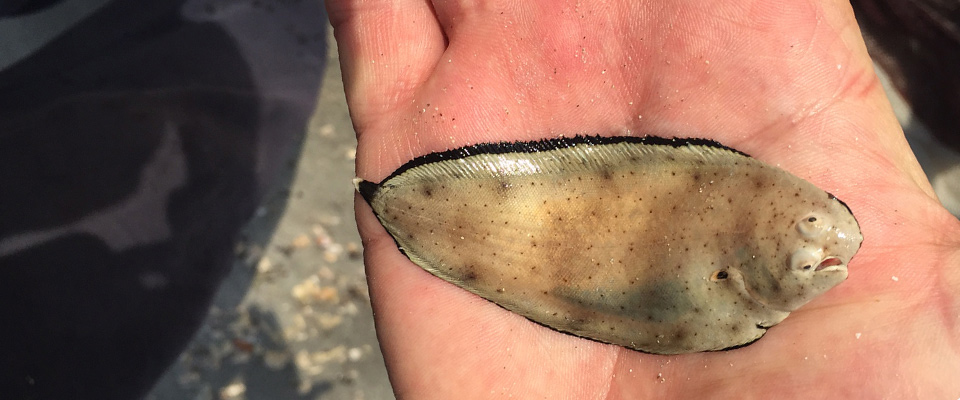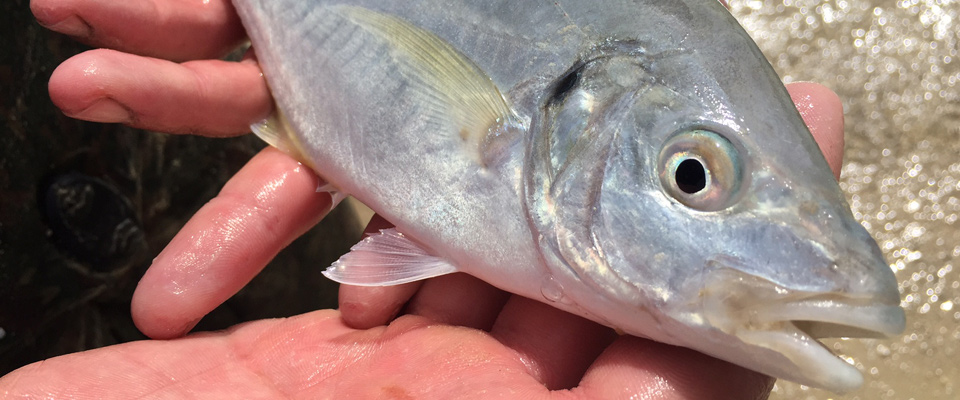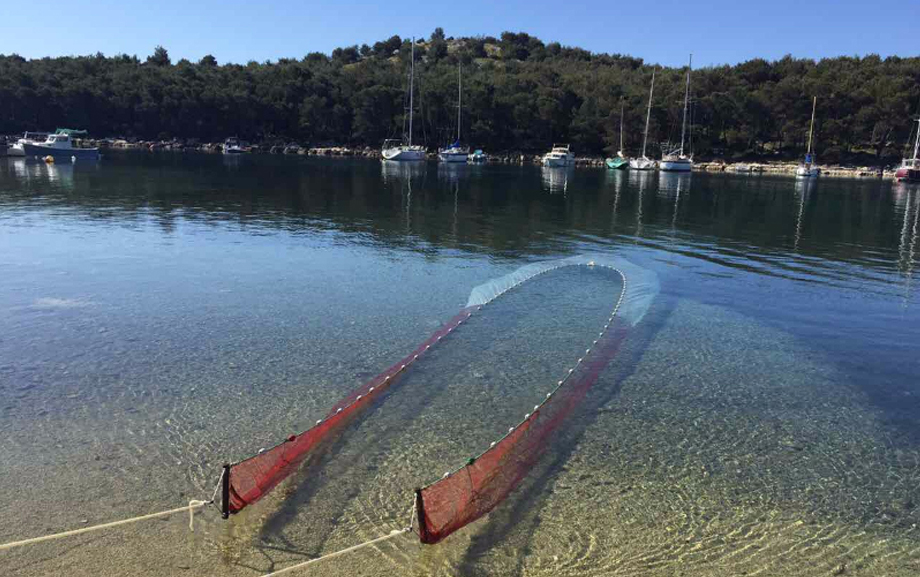Module 1.

Large-scale assessment of fish species nursery grounds along the middle Adriatic coast
The identification of important nursery habitats for juvenile fishes is essential to the design of efficient management and conservation plans and should be defined considering the intended protection objectives, namely if these are directed to the meta-population of a particular species, several species or to coastal nursery function as a whole. However, the density of juveniles in coastal habitats and estuaries alone does not provide information on enhanced juvenile growth or on the number of individuals effectively recruiting to adult subpopulations; even if it is generally used to measure production of juvenile sites, i.e. putative nurseries, estimate the potential number of juveniles leaving a nursery area to adult coastal stocks and compare the contribution of different nurseries to adult's stocks. In order to adequately assess if these identified important sites for juveniles are in fact nursery areas, it is necessary to determine their effective contribution to coastal adult stocks.
Module 2.

Insights into connectivity between estuarine and coastal habitats through otolith elemental fingerprints
Among the natural tags, otolith chemistry has been used successfully to address issues related to stock identity and fish movements. Fish otoliths are metabolically inert aragonite structures with a composition that is influenced by the physical and chemical properties of the environment. Furthermore, otoliths grow continuously and record information on life histories in a chronological manner, making it possible to retrieve information on environmental conditions experienced by individual fish from hatching to capture. Otolith elemental signatures, which have been successfully used as natural tags of habitat use enabling the retrospective identification of estuarine nursery source, have provided first hand evidence regarding the differential contribution of certain estuaries to marine adult subpopulations of certain species.
Module 3.

Temporal changes in the structure of littoral juvenile fish assemblages: shifts, challenges and threats
Predicting the response of biodiversity to anthropogenic change play an important role in alerting scientists and decision makers to potential future risks, provide a means to bolster attribution of biological changes particularly to climate change and can support the development of proactive strategies to reduce climate change impacts on biodiversity. Studies suggest that climate change could surpass habitat destruction as the greatest global threat to biodiversity over the next few decades. Hence, there is an urgent need to review our current understanding of the effects of climate change on biodiversity and our capacity to project future impacts. Early detection of population establishment of non-indigenous species is of great importance because that event can serve as a baseline for future research. Records of juveniles or other early life stages could indicate self-sustaining populations and local reproductive activities of such species. Unusual occurrences of early life stages of rare or previously unknown species can indicate changes in climatological and hydrological conditions, but can also indicate changes in reproductive regimes of such species.



